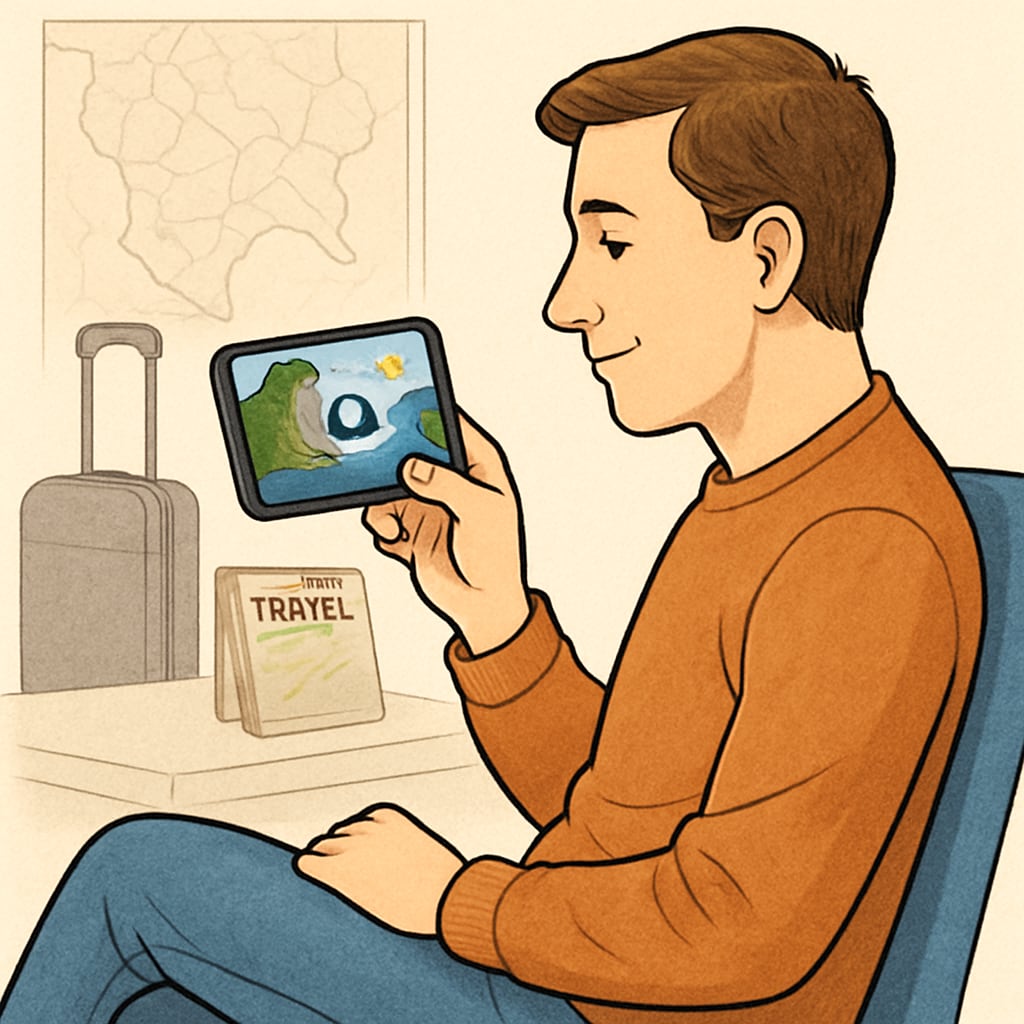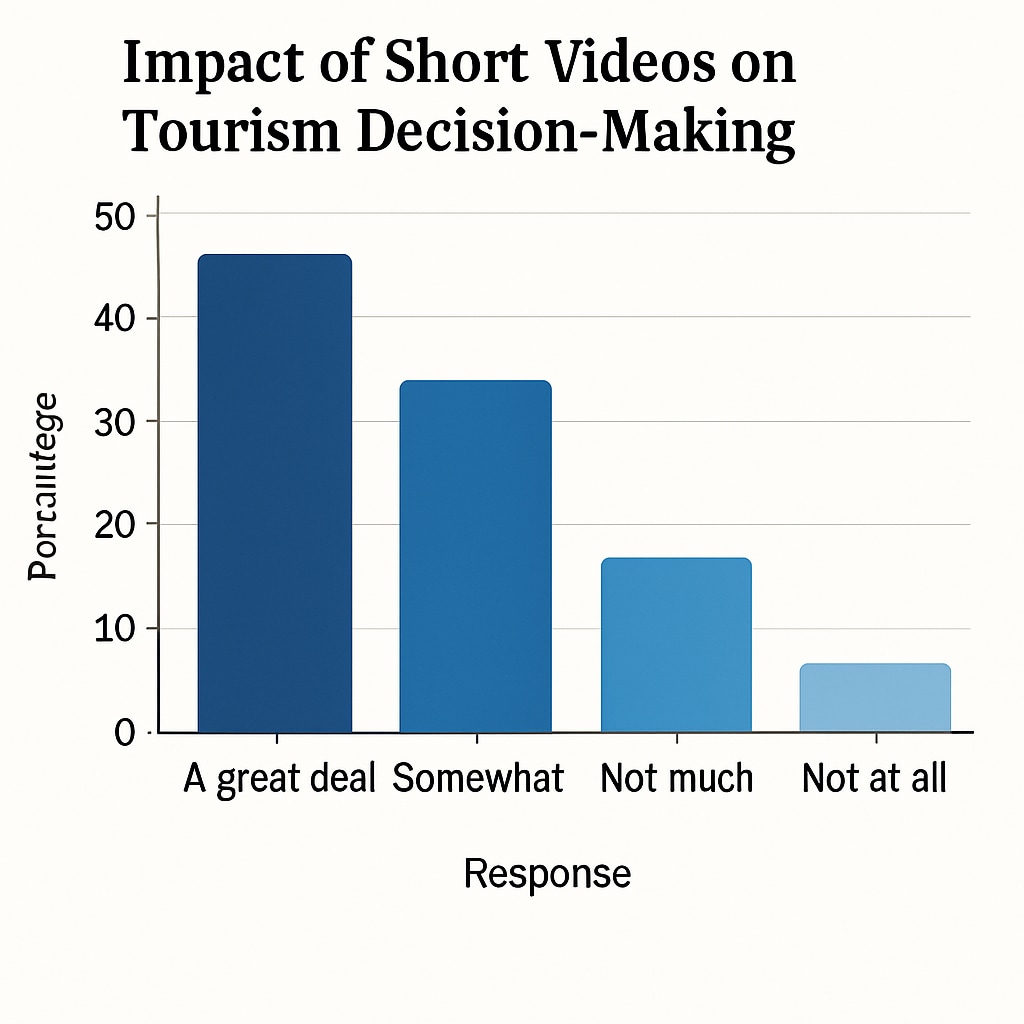In this digital age, short video platforms are revolutionizing how people make decisions, including those related to travel and tourism. As part of a master’s thesis, a survey is being conducted to explore how short video content influences tourism decisions. This study aims to provide detailed insights into the role of short videos in shaping consumer preferences and behavior. With platforms like TikTok, Instagram Reels, and YouTube Shorts becoming increasingly popular, their impact on decision-making is worth exploring.
Understanding the Connection Between Short Videos and Tourism
Short videos have become a powerful tool for storytelling, offering immersive and engaging content that captures viewer attention within seconds. For the tourism industry, this means showcasing destinations, activities, and experiences in a visually appealing way that sparks interest and inspires action. But how exactly do short videos influence consumers’ travel decisions?
- Visual Appeal: Short videos highlight the aesthetic and unique aspects of destinations, making them irresistible for potential travelers.
- Authentic Narratives: Influencers and travelers share real-life experiences, which resonate more with viewers than traditional advertisements.
- Instant Gratification: Bite-sized content provides instant information, helping viewers quickly assess whether a destination meets their preferences.
For example, a short clip of a serene beach or a bustling market can generate curiosity and prompt viewers to seek additional information. As a result, these platforms are not just entertainment hubs but also decision-making enablers for travelers.

Researching Short Video Tourism Through Surveys
The master’s thesis survey aims to quantify and analyze the impact of short videos on tourism choices. Participants are asked questions about their viewing habits, how they interact with travel-related content, and whether these videos influence their decisions. The data collected will provide valuable insights into emerging trends and consumer behavior.
Survey-based research is essential in understanding these trends because:
- It captures real-time data from diverse demographics.
- It identifies patterns in content consumption and decision-making.
- It highlights opportunities for marketers to optimize their strategies.
Moreover, this study contributes to academic literature on digital influence, helping both researchers and practitioners understand the profound implications of short video content in various industries.

Implications for the Tourism Industry and Beyond
The findings from this research can have wide-ranging implications. For the tourism industry, understanding how short videos influence travel decisions can guide the creation of more targeted marketing campaigns. Here’s how:
- Custom Content: Companies can create location-specific videos that highlight unique attractions.
- Collaborations: Partnering with influencers can help reach niche audiences effectively.
- Enhanced Engagement: Interactive content, such as polls or Q&A sessions, can further drive interest.
Beyond tourism, this research can also inform other sectors, such as education, retail, and healthcare, where short videos are increasingly being used to influence decision-making. By understanding the psychology of short video consumption, businesses can better cater to consumer needs and preferences.
The rapid rise of short video platforms represents both an opportunity and a challenge. While they offer unparalleled reach and engagement, they also demand constant innovation to keep audiences interested. This study aims to shed light on these dynamics, providing actionable insights for stakeholders.
Readability guidance: This article ensures clarity through concise paragraphs, bullet points, and minimal jargon. Transitions like “for example,” “as a result,” and “moreover” are used to improve flow and readability.


